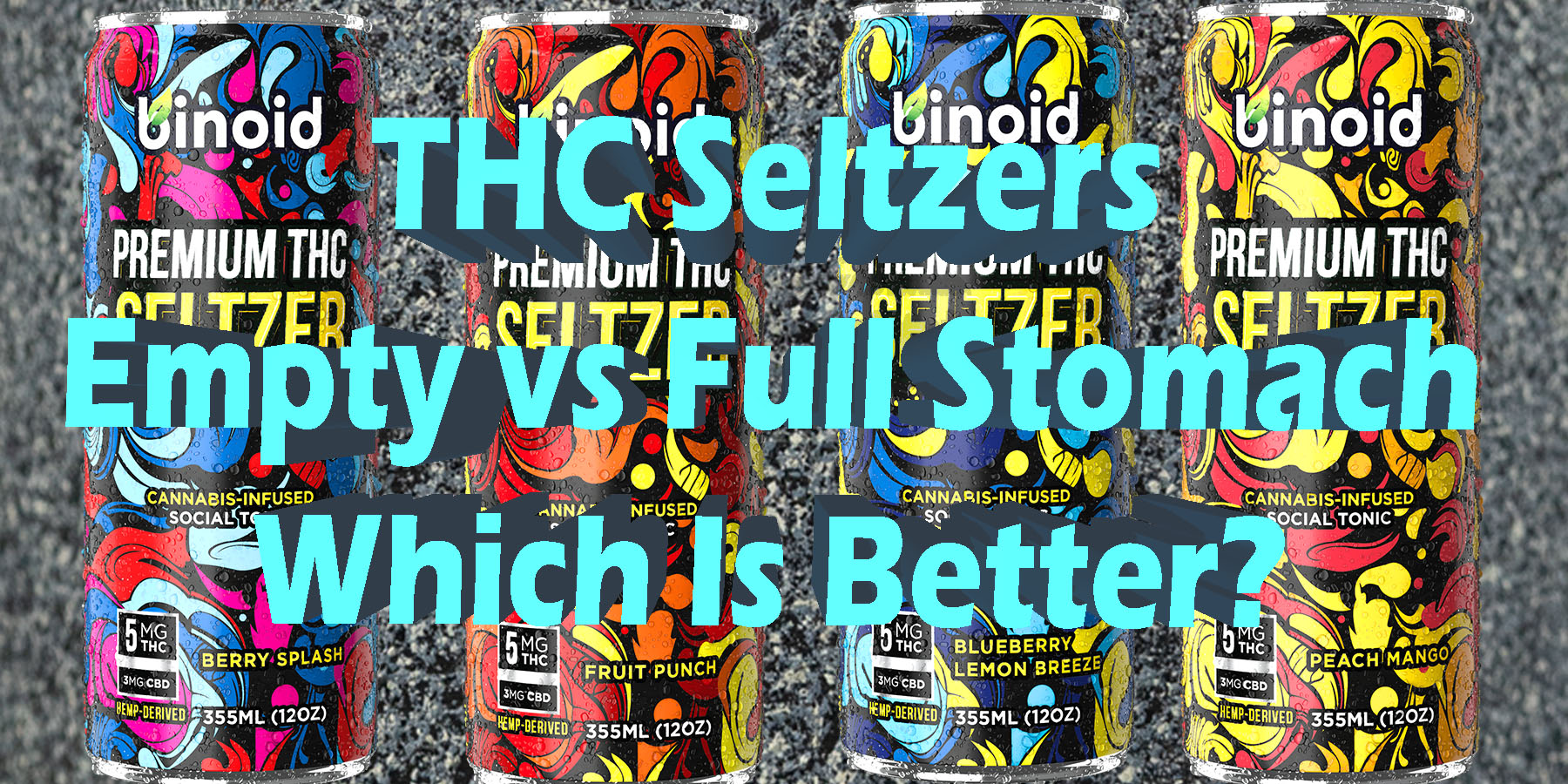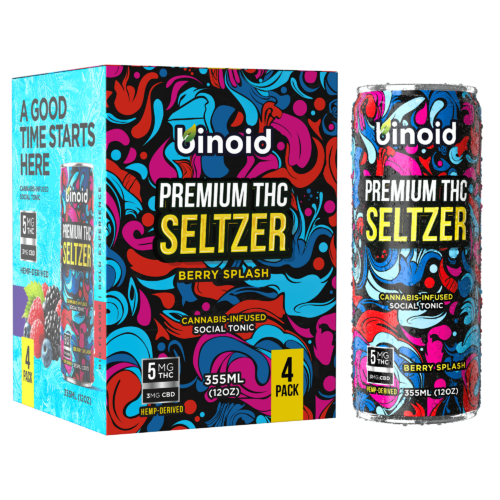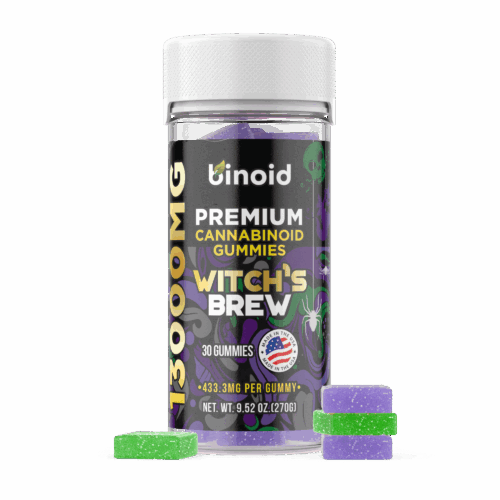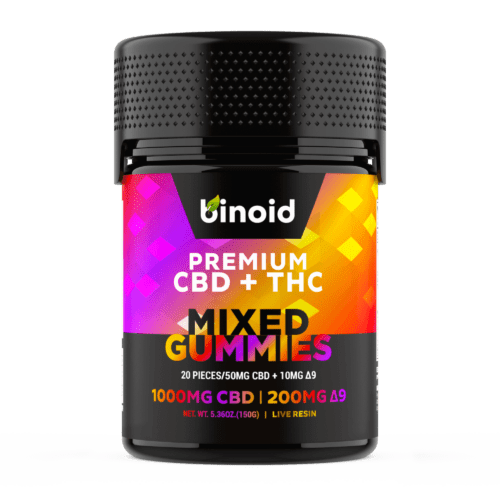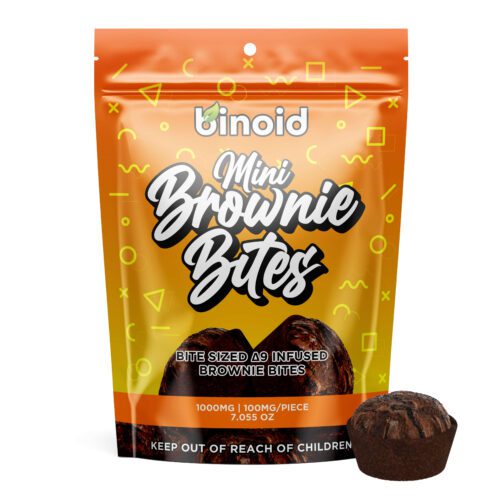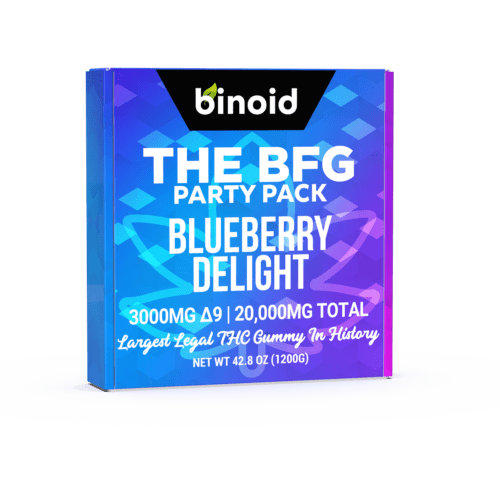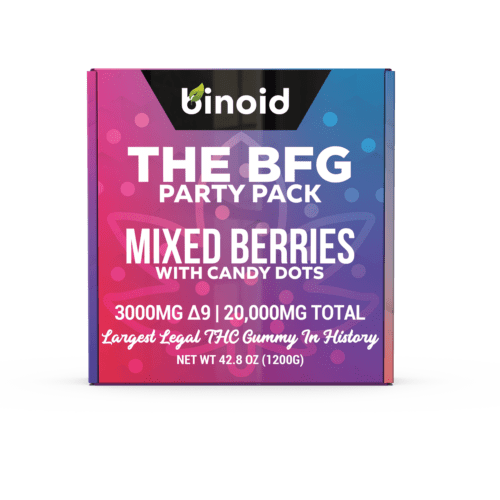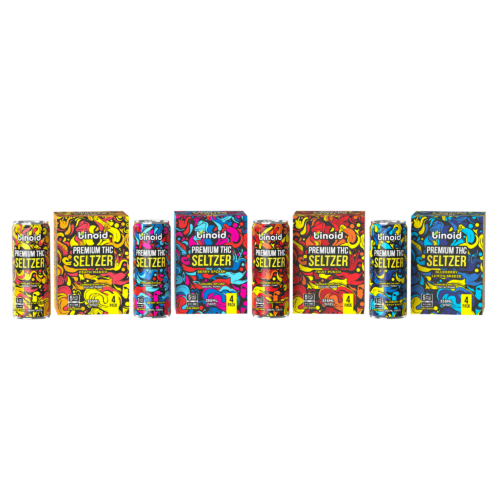The shimmering condensation on a can, the gentle clink of a bottle, the aromatic steam rising from a mug—these are the new invitations to the world of cannabis. This modern era of consumption has moved beyond the traditional, blossoming into a sophisticated landscape of infused beverages that promise a spectrum of experiences. Each sip offers a potential journey, a carefully crafted liquid pathway to a state of chilled-out bliss or gentle euphoria.
Yet, as with any journey, the conditions under which you embark can dramatically alter the entire trip. One of the most fundamental yet profoundly impactful decisions a consumer faces is a simple one: to eat or not to eat. The choice to pour that vibrant THC-laced liquid into an empty vessel versus one already engaged in the work of digestion is the pivot upon which your entire experience can turn. This isn’t merely a trivial detail but the very key to unlocking your ideal state of being.
To Buy THC Drinks Click Here
Recommended products
A Quick Insight into THC Drinks First
Basically, a THC drink is a ready-to-consume beverage that has been infused with a precise, measured dose of Tetrahydrocannabinol (THC) – the most well-known compound in the cannabis plant and is primarily responsible for the feelings of bliss and the shift in perception many people associate with its use. These drinks are crafted to be approachable and convenient, presenting the effects of cannabis in a familiar format. The true innovation lies in the science that allows the naturally oil-based THC to blend perfectly with water-based liquids, creating a consistent, shelf-stable, and enjoyable product. Not to mention, a discreet and straightforward way to partake.
The general effects of a THC drink are largely defined by their onset and duration, which can differ notably from other methods of consumption. Thanks to the use of Nanoemulsion technology in many beverages, the THC can be absorbed by the body much more quickly than from a traditional edible. This can lead to an onset of effects in as little as 10 to 20 minutes. This rapid feedback is a crucial feature, as it allows a user to better assess the effects in real-time and manage their experience. The duration of the effects is also often shorter than that of edibles, making for a more manageable journey that doesn’t necessarily consume an entire day, a characteristic that appeals to many users. Let’s take that a step further, shall we.
A Microscopic View of Absorption
To truly grasp the monumental difference between consuming a THC drink on an empty stomach versus a full one, we must journey deep into the intricate biological processes of our own bodies. The story begins the moment the liquid passes your lips, but the main act unfolds within the complex environment of your gastrointestinal tract. This is a tale of speed, efficiency, and transformation, dictated by the presence or absence of food.
When your stomach is empty, it acts as little more than a brief waiting room. The THC-infused liquid passes through it rapidly, arriving at the main stage of absorption—the small intestine—with remarkable speed. The walls of the small intestine are lined with countless tiny, finger-like projections called villi, which are themselves covered in even smaller microvilli. This creates a massive surface area, perfectly designed for absorbing nutrients and, in this case, cannabinoids.
With no food to run interference, the THC molecules have a direct and unimpeded path to these absorptive surfaces. This swift transit and direct access mean the onset of effects can be startlingly quick, often felt within 15 to 30 minutes. The experience tends to be a rapid ascent to a peak that is more pronounced and intense, as a concentrated wave of THC enters the bloodstream in a relatively short period.
Conversely, introducing a meal into this equation fundamentally changes the narrative. A full stomach is an active work zone. The pyloric sphincter, the gateway between the stomach and the small intestine, remains tightly closed to allow the stomach’s acids and enzymes to break down the solid food. This process can take anywhere from one to four hours, depending on the size and composition of the meal.
Your THC beverage is now held in this bustling environment, its active compounds intermingling with the digesting food. The THC is released into the small intestine not in a single rush, but in a slow, metered trickle, chaperoned by the gradually emptying stomach contents. This results in a much slower, more gradual onset of effects, often taking 45 minutes to two hours to become fully apparent. The resulting experience is typically less of a sharp peak and more of a gentle, rolling hill—a milder, more prolonged, and sustained state of euphoria.
Recommended products
The Fat Connection – THC’s Most Important Ally
Delving even deeper, the type of food you consume is just as important as its mere presence. THC is a lipophilic, or “fat-loving,” molecule. It is hydrophobic, meaning it repels water, and as a result, it doesn’t dissolve well in the water-based environment of our digestive tract. This is where dietary fats become the cannabinoid’s most crucial ally. Consuming your THC drink with a meal rich in healthy fats—such as those found in avocado, nuts, olive oil, or fatty fish—initiates a powerful biological process that dramatically enhances absorption.
When you eat fats, your liver and gallbladder release bile acids into the small intestine. These bile acids act as emulsifiers, breaking down large fat globules into microscopic droplets. THC molecules, with their affinity for lipids, readily bind to these droplets, becoming encased within tiny spherical structures called micelles. This process of micellization is the key. It effectively “packages” the water-fearing THC molecules into a water-soluble transport vessel.
These micelles can then easily traverse the aqueous layer lining the intestinal wall and deliver their cannabinoid payload directly to the absorptive cells. Without sufficient fat, THC struggles to make this journey, and a significant portion may simply pass through your system unabsorbed. This is why a fatty meal can increase the bioavailability of THC by two to three times compared to a non-fatty meal, leading to a more efficient and potent experience from the same milligram dosage, even if the onset is slower.
Recommended products
A Closer Look at First-Pass Metabolism
After being absorbed through the intestinal wall, the journey of THC is still not complete. The blood vessels surrounding the small intestine lead directly to the liver via the hepatic portal vein. This means that nearly every molecule of THC you consume orally must first pass through the liver before it can enter the general circulatory system and reach the brain. This crucial, and sometimes costly, step is known as “first-pass metabolism.”
Your liver is a metabolic powerhouse, armed with a family of enzymes known as the cytochrome P450 (CYP) system. Two enzymes in this family, primarily CYP2C9 and CYP3A4, are responsible for breaking down THC. During this first pass, a significant portion of the Delta-9-THC is metabolized. However, this process is not just about elimination; it’s also about transformation. The liver converts Delta-9-THC into a powerful metabolite called 11-hydroxy-THC (11-OH-THC). This new compound is more water-soluble than its parent, allowing it to travel more easily through the bloodstream, and it is significantly more adept at crossing the blood-brain barrier. In fact, 11-hydroxy-THC is considered to be several times more potent than Delta-9-THC, and it is largely responsible for the profound and often more sedative-like body effects associated with edibles and drinks.
The empty versus full stomach scenario directly influences this metabolic drama. On an empty stomach, the rapid influx of THC can temporarily saturate the liver enzymes, potentially allowing a higher percentage of unmetabolized Delta-9-THC to pass through into the bloodstream initially. On a full stomach, the slower, more gradual release of THC allows the liver enzymes to work more steadily, potentially leading to a more consistent and thorough conversion to the potent 11-hydroxy-THC over a longer period. This subtle shift in the ratio of Delta-9-THC to 11-hydroxy-THC over time is one of the key reasons the character and quality of the euphoria can feel so different depending on your dietary state.
Recommended products
A World of Beverages: A Distinct Analysis
The vessel for your THC is not just a container; it’s very composition adds a unique variable to this entire equation. Each type of drink has a distinct profile of ingredients that can influence its journey through your body.
THC Seltzers
These beverages are defined by their simplicity and carbonation. Typically, low in sugar and calories, seltzers offer a clean slate for THC. The key player here is carbon dioxide. Carbonation has been shown to increase gastric emptying—the rate at which contents leave the stomach. This means that on both an empty and a full stomach, a seltzer may have a slightly faster track to the small intestine compared to a non-carbonated drink. On an empty stomach, this can result in a particularly rapid and crisp onset. When paired with food, the carbonation might slightly counteract the meal’s slowing effect, leading to a prompter experience than one might expect.
THC Sodas
THC-infused sodas share the carbonation advantage of seltzers but add another significant element: sugar, often in the form of high-fructose corn syrup or sucrose. Simple sugars are absorbed very quickly by the body, and this rapid uptake can sometimes create a co-transport effect, potentially speeding up the absorption of other molecules present. On an empty stomach, the combination of carbonation and a sugar rush can lead to a very fast and intense onset, as the body’s systems are primed for quick absorption. When consumed with a meal, the food will still be the primary moderator of speed, but the sugar content could contribute to a more pronounced overall effect once absorption begins.
THC Waters
Often uncarbonated and unsweetened, THC waters represent one of the purest delivery systems. Without the influence of carbonation, sugar, or acidity, their absorption is almost entirely dictated by the state of the stomach. On an empty stomach, a THC water provides a predictable, direct path for the cannabinoid, with an onset time and intensity that is a direct reflection of the dose and your personal metabolism. With a full stomach, its journey is wholly subject to the digestive timeline of your meal, making it a perfect candidate for pairing with a fatty meal to achieve a slow, deep, and long-lasting experience.
THC Lemonade
The defining characteristic of THC lemonade is its acidity, primarily from citric acid, alongside a typically high sugar content. The acidic nature of the beverage can have a subtle effect on the stomach’s environment. While the stomach is already a highly acidic place, the addition of more acid could, in theory, slightly influence the initial breakdown of other compounds. On an empty stomach, the high sugar content will likely be the dominant factor, promoting a quick uptake similar to a soda. When consumed with food, the experience will be more drawn out, but the combination of sugar and acidity makes it a complex partner to the digestive process.
Recommended products
THC Tea
Whether served hot or cold, THC-infused teas introduce a new set of compounds into the mix, most notably tannins. Tannins are polyphenols that can bind to various molecules, and they have an astringent quality. While research on the direct interaction between tannins and THC absorption is limited, it is plausible that these compounds could subtly influence digestive processes. A hot tea may also have a slightly different effect than a cold one, as temperature can influence gastric motility. With a hot tea on an empty stomach, the warmth can be soothing and may lead to a gentle but still relatively quick onset. Paired with food, a THC tea offers a classic, mellowing experience, with the complexity of the tea itself adding another layer to the sensory journey.
THC Coffee
This is perhaps the most dynamic and complex pairing. You are combining THC, a cannabinoid known for its relaxing and euphoric effects, with caffeine, a powerful central nervous system stimulant. On an empty stomach, this combination can be potent and polarizing. The caffeine hits quickly, providing a jolt of energy, while the rapidly absorbed THC can lead to a unique state of energized euphoria. For some, this is a recipe for creativity and focus; for others, it can lead to jitteriness or a feeling of being pulled in two directions. Consuming THC coffee with a substantial meal, particularly one with fats and proteins, is often recommended. The food slows the absorption of both the caffeine and the THC, allowing their effects to harmonize more gently and creating a smoother, more balanced, and less potentially overwhelming experience.
THC-infused Wines (Non-Alcoholic)
These sophisticated beverages aim to capture the essence of wine without the alcohol. Their composition is complex, containing compounds derived from grapes, including various acids (like tartaric acid), sugars, and potentially tannins from the grape skins. The acidity of a non-alcoholic wine can influence the stomach environment, similar to lemonade. The sugar content, which varies from dry to sweet, will also play a significant role in absorption speed. On an empty stomach, a sweeter THC-infused wine may have a quicker onset than a drier one. When paired with a meal, it truly shines, acting as a functional beverage that complements the food while the meal itself dictates the slow, elegant unfolding of the THC’s effects.
THC-infused Beers (Non-Alcoholic)
Replicating the experience of beer, these drinks are carbonated and contain complex carbohydrates from malted grains like barley, as well as compounds from hops, such as the terpene myrcene. The carbonation, as with seltzers and sodas, can expedite absorption. The complex carbohydrates, however, are digested more slowly than simple sugars, adding a unique variable. On an empty stomach, a THC-infused beer can have a surprisingly rapid onset due to the carbonation, but the overall experience may feel more grounded due to the compounds from the hops and malt. When consumed with a hearty meal, it becomes the quintessential pairing for a long, relaxed afternoon, with the food providing a slow-release anchor for the effects of the THC.
Recommended products
More Than a Drink: Other Critical Factors
The equation of your experience extends beyond just the drink and the food. Several other critical factors contribute to the final outcome, creating a uniquely personal result every time.
Factor #1: The Milligram Maze and The Entourage
The milligram strength of your THC drink is the foundation of its potential intensity. However, the presence of food acts as a volume dial. A 10mg drink on an empty stomach might feel like a loud, intense 10mg. That same 10mg drink with a large, fatty meal might feel like a gentler, more prolonged 10mg, where the volume is lower, but the song plays for much longer. Furthermore, we must consider the full symphony of compounds.
Many drinks contain CBD, which can act as a buffer, smoothing the edges of THC’s intensity. Others boast a rich profile of terpenes like linalool (relaxing), limonene (uplifting), or pinene (focusing). The combination of a meal slowing down absorption while a specific cannabinoid and terpene profile works in the background allows for an exceptionally curated and nuanced experience.
Factor #2: The Personal Equation: You Are the Final Variable
No two people will ever have the exact same experience, because the final and most important factor is you. Your unique metabolism, determined by genetics and lifestyle, dictates how quickly your body processes everything you consume. Your body weight and composition influence how cannabinoids are distributed and stored.
Your personal tolerance, developed over time, will mean a 5mg dose might be profound for a novice but barely perceptible to a daily user. Even your psychological state and the setting you are in can color the experience. This is why personal experimentation, done mindfully and patiently, is paramount. Start low, go slow, and take notes. Learn the language of your own body to become the master of your own journey.
So, Which is Better Overall?
The decision to eat or not before enjoying a THC beverage is far more than a simple choice; it is the act of setting your intention. It’s the difference between taking a speedboat straight to a vibrant island of euphoria or setting sail on a longer, more scenic cruise through waves of blissful relaxation. There is no universally “correct” answer, only the answer that is correct for you, in that specific moment, for that specific desired outcome.
Understanding the profound influence of a meal—its presence, its composition, and its timing—transforms you from a passive consumer into an active curator of your own consciousness. So, as you choose your beverage, also choose your path. In doing so, you embrace the full potential of these remarkable drinks, orchestrating an experience that is not just consumed, but truly created.

